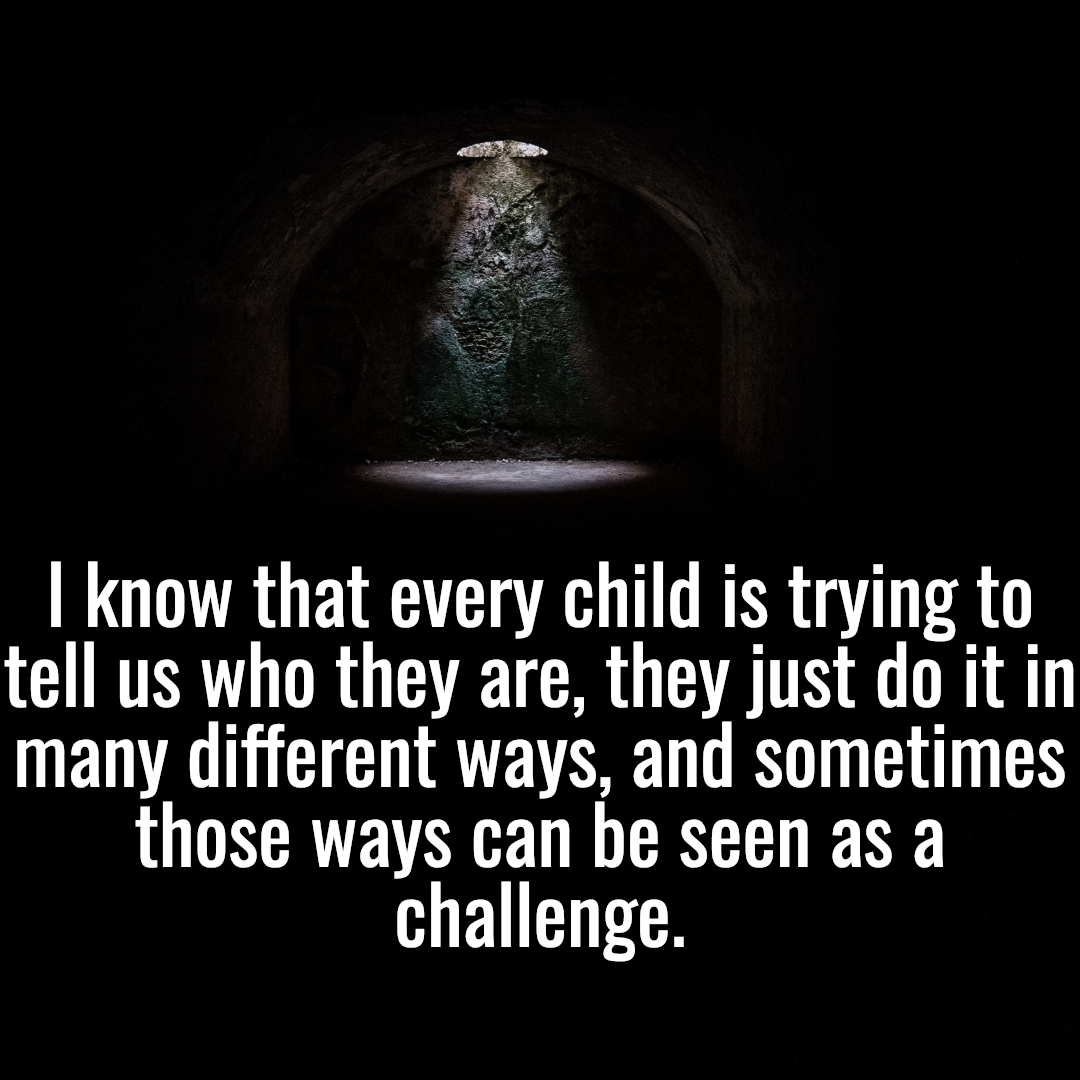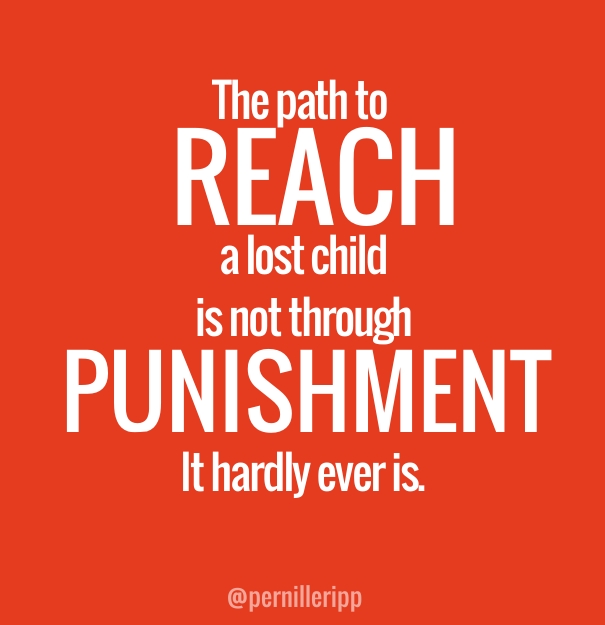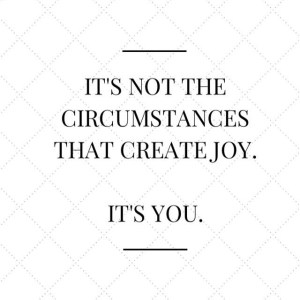I was speaking to my husband who is a first-year teacher and the topic of navigating student discipline came up, as it often does. He teaches middle school like me, and if there is one thing I know about middle-schooler it is how often they do not think through their decisions before they act. It leads to a lot of funny moments, but at times, also a lot of behavior displays that can be rather disruptive to the rest of the class or to themselves.
He asked me what I do when a child continuously disrupts. How do I approach them to help them change? And while I laughed a little because I am not sure that we can really make a child change, I do believe that there are ways we can invite them into a conversation about their choices without jumping right into punishment. And that has been a major change for me; slowing down before jumping to conclusions, but then how do you do that at the moment when perhaps you also feel heated and a bit indignant at yet another disruption?
I use a simple question, “Are you okay?” before proceeding with any decisions. I have used it so often that it is now hardwired into my language. This is to slow me down, to increase communication, to recognize behavior as a way of communication, and to center my approach in unconditional positive regard.
When I first started using it many years ago, I had to really think about it. Our brains are wired to jump into decision-making rapidly, in fact, educators reportedly make thousands of decisions every single day, each one opening a new instructional possibility. No wonder we often switch into a rapid-fire mode when navigating a child’s seemingly poor decisions; we have so many other things to juggle at that moment. But it is often this automaticity that can backfire in the long run, rather than recognize the uniqueness of the situation at hand, we treat it as if it is routine. Perhaps sometimes it is when handling a child’s repeat decisions. And yet, we must come into each situation recognizing its uniqueness and its opportunity for exploration. Asking, “Are you okay? “ and following up with “This does not seem like you…” (even if it is a repeated behavior pattern) signals that we are concerned about the human in front of us and not just the choice they have made.
That pause also allows us to recalibrate ourselves and get our emotions in check before proceeding further with a conversation. This can make the difference between strengthening a relationship or doing further damage.
Of course, if students are engaged in dangerous behavior, such as fighting, or physical destruction on a larger scale, I don’t often use this approach. When safety is at risk, other communication methods are used, but this does not happen as often as our brain sometimes wants us to believe. Slowing down, seeing the child as a child, no matter their size, and recognizing the inherent power imbalance at play, can help us navigate many behavioral situations.
And more importantly, I am worried about them and their well-being. So why not ask before we jump to further conclusions?
This post originally appeared in my Patreon community, where I share weekly lesson plans, resources, curated book lists, mini-pd recordings, and also live Q&As. If you would like to learn more frequently with me, I invite you to join. If you are wondering where I will be in the coming year or would like to have me coach, collaborate with your teachers, or speak at your conference, please see this page. If you like what you read here, consider reading my latest book, Passionate Readers – The Art of Reaching and Engaging Every Child. This book focuses on the five keys we can implement into any reading community to strengthen student reading experiences, even within the 45 minute English block. If you are looking for solutions and ideas for how to re-engage all of your students consider reading my very first book Passionate Learners – How to Engage and Empower Your Students.




 I remember the poster well, I had spent more than an hour on it, I had really taken my time to make sure each letter was meticulously printed, outlined, and filled in with sharpie. In fact, I had started over several times when the result was not quite as eye catching as I wanted it to be. I remember sending the poster through the laminator holding my breath a bit, after all, sometimes that pesky laminator ate all of my hard work. Not this time though; this poster made it through and now graced the best location on my wall; right above the sink so that every single time a student washed their hands or threw something out, this poster would catch their eye. In fact, it hung in the one spot that you could see all the way from the hallway; any person who walked by the classroom would know what mattered most to us. What was this magical poster that I was so proud of, you may ask? My consequences for breaking the rules.
I remember the poster well, I had spent more than an hour on it, I had really taken my time to make sure each letter was meticulously printed, outlined, and filled in with sharpie. In fact, I had started over several times when the result was not quite as eye catching as I wanted it to be. I remember sending the poster through the laminator holding my breath a bit, after all, sometimes that pesky laminator ate all of my hard work. Not this time though; this poster made it through and now graced the best location on my wall; right above the sink so that every single time a student washed their hands or threw something out, this poster would catch their eye. In fact, it hung in the one spot that you could see all the way from the hallway; any person who walked by the classroom would know what mattered most to us. What was this magical poster that I was so proud of, you may ask? My consequences for breaking the rules.